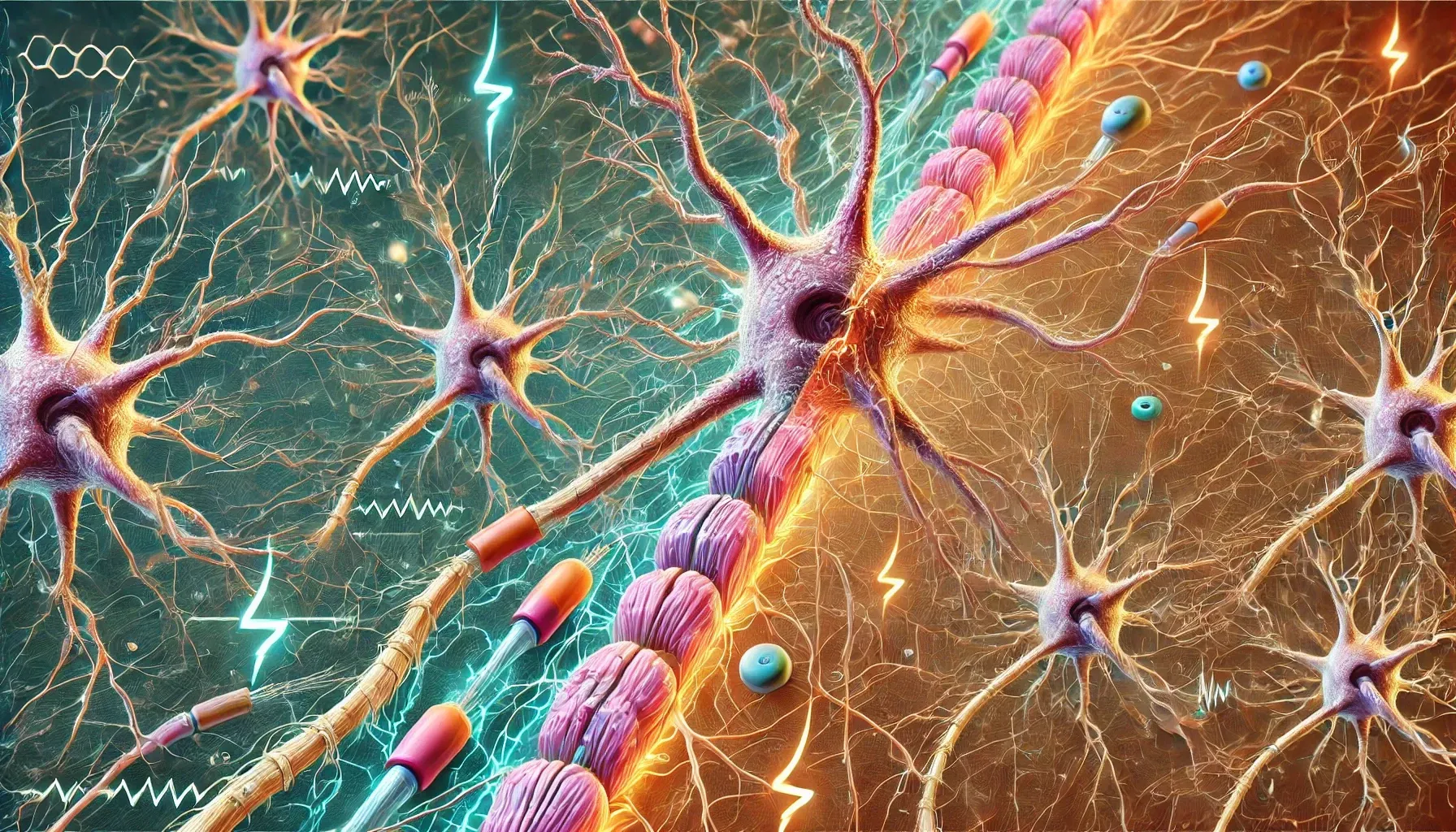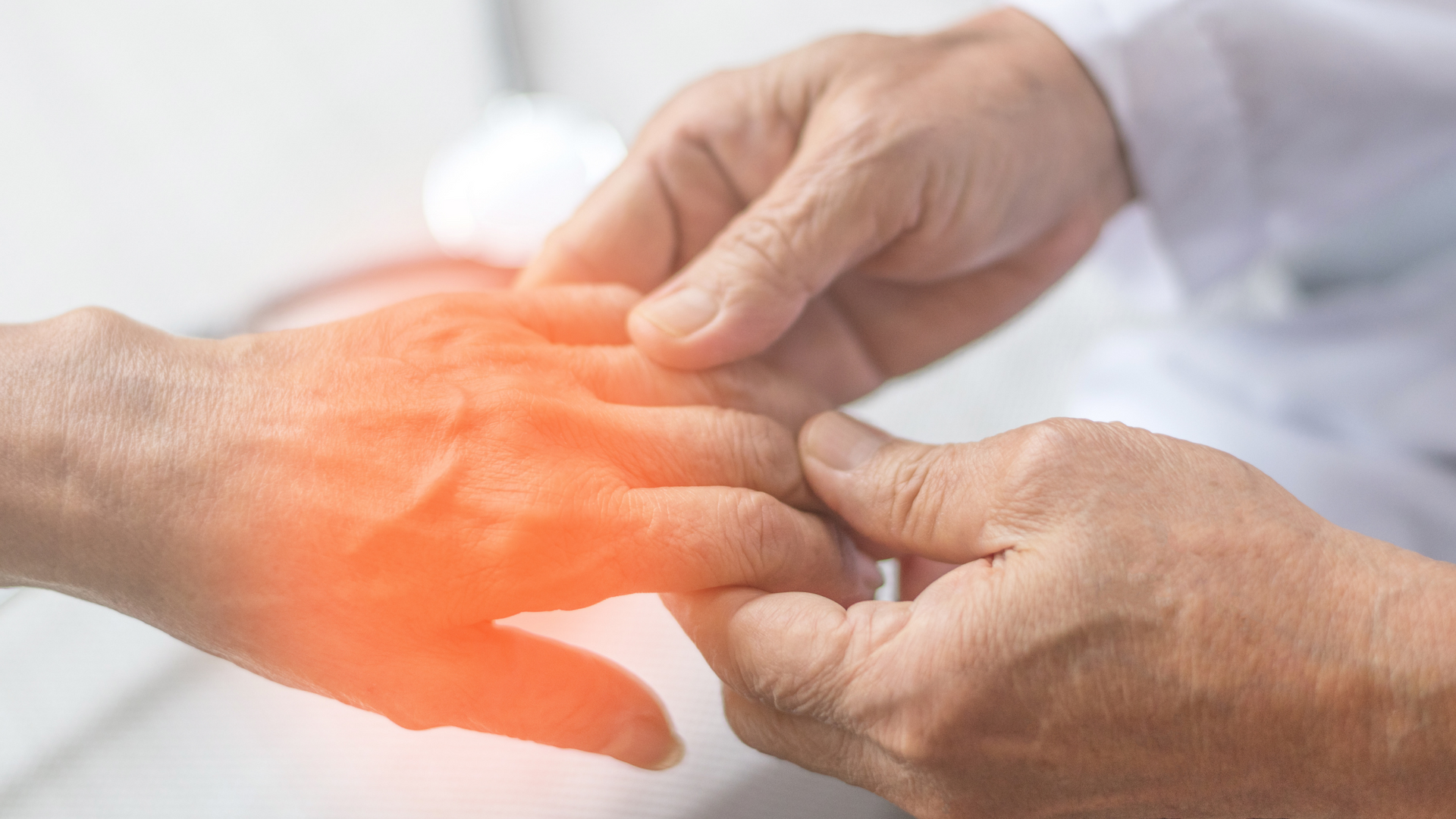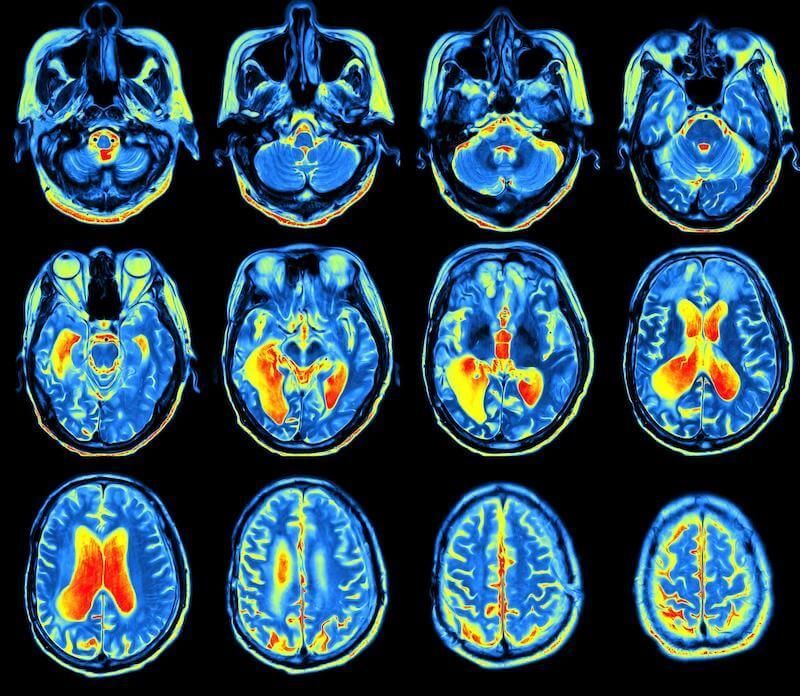Exploring Osteopathic Medicine: A Comprehensive Guide for Fort Worth Readers
Osteopathic medicine represents a holistic approach to healthcare, emphasizing the interconnectedness of bodily systems. This practice is increasingly recognized for its focus on thorough patient care and preventive strategies. In this article, we will explore the core principles of osteopathy, the advantages of consulting with osteopathic physicians, and resources available in the Fort Worth area.
What is Osteopathy?
At its essence, osteopathy is founded on the belief that the body has an innate capacity to heal itself. Osteopathic physicians (DOs) are trained to assess and treat patients by considering their physical, emotional, and environmental contexts. This comprehensive approach allows for tailored healthcare solutions that address the root causes of health issues rather than merely alleviating symptoms.
Advantages of Consulting an Osteopathic Physician
- Holistic Approach:
Osteopathic physicians (DOs) delve deeper than mere symptoms, embracing a whole-person approach that includes lifestyle, emotional health, and environmental influences. This broad perspective crafts personalized treatment plans targeting the core of health issues. Mind-Body Harmony: By bridging mental and physical well-being, DOs offer treatments fostering complete wellness—especially vital for those battling chronic conditions impacting both body and mind.
- Preventive Focus:
Osteopathic medicine champions a proactive stance on wellness, urging you to embrace healthier habits and ward off disease before it strikes. This foresight minimizes the need for invasive treatments down the line. Empowerment Through Knowledge: DOs are dedicated to educating patients and equipping them with the tools to participate actively in their health journey. With expert advice on nutrition, exercise, and stress management, you're set for lasting well-being.
- Manual Techniques:
Experience the unique healing touch of osteopathic manipulation, exclusive to DOs. This hands-on technique delivers immediate relief for musculoskeletal pain by enhancing mobility and easing discomfort, paving the way for natural healing. DOs craft personalized treatment plans, seamlessly blending manual therapy with medication or physical therapy to address each patient's distinct needs effectively.
Osteopathic medicine thrives on building strong patient-physician relationships and enhancing communication and trust. This connection boosts adherence to treatment plans. Longer Appointments: DOs dedicate ample time during visits for thorough assessments and meaningful health discussions, ensuring a deep understanding of each patient's needs for more effective care.
- Collaboration with Other Healthcare Providers:
Osteopathic physicians thrive in teamwork, joining forces with diverse healthcare professionals to deliver holistic care. This collaborative spirit elevates treatment quality and ensures every facet of a patient's health receives attention.
- Focus on Community Health:
Osteopathic physicians are champions of public health, passionately engaging in their communities to drive preventive care and health initiatives. Their dedication not only uplifts local well-being but also sparks broader positive outcomes.
Common Conditions Treated by Osteopathic Physicians
Osteopathic physicians are equipped to treat a variety of health issues. Here are some common conditions that can benefit from osteopathic care:
| Condition | Description | Osteopathic Approach |
|---|---|---|
| Musculoskeletal Pain | Pain affecting muscles, bones, and joints. | Osteopathic manipulation and physical therapy techniques are used to relieve pain and improve function. |
| Chronic Headaches | Recurring pain in the head, often debilitating. | DOs may employ manual therapy and lifestyle modifications to reduce frequency and intensity. |
| Respiratory Issues | Conditions like asthma or bronchitis. | Osteopathic techniques can help improve lung function and ease breathing. |
| Digestive Disorders | Conditions such as IBS or acid reflux. | DOs may address underlying issues through dietary advice and manipulation. |
| Stress and Anxiety | Mental health conditions affecting daily life. | Holistic approaches, including counseling and lifestyle changes, are emphasized. |
Pros and Cons of Osteopathic Care
As with any healthcare approach, there are advantages and disadvantages to consider when choosing osteopathic care. Here’s a breakdown:
| Pros | Cons |
|---|---|
| Holistic approach that treats the whole person. | May not be covered by all insurance plans. |
| Focus on preventive care and wellness. | Some patients may prefer traditional allopathic treatments. |
| Hands-on techniques can provide immediate relief. | Availability of DOs may vary by location. |
| Strong emphasis on patient education and empowerment. | Longer appointment times may be required for comprehensive care. |
Key Points to Consider
- Research Local Options: Explore osteopathic clinics in your area and read reviews from other patients.
- Consultation: Schedule a consultation to discuss your health concerns and see if the approach aligns with your needs.
- Insurance Coverage: Check with your insurance provider to understand coverage for osteopathic services.
- Ask Questions: Don’t hesitate to inquire about treatment methods and how they can address your specific needs.
- Follow-Up Care: Consider the importance of follow-up appointments and ongoing care in your treatment plan.
Dr. Dombroski's Patient Testimonials
Hearing from others who have experienced osteopathic care can provide valuable insights. Here are a couple of testimonials from Dr. Dombroski's patients:
"Dr. Dombroski is one of the best and most talented doctors I’ve ever met. Carla was wonderful and very professional when getting me scheduled. This is the best office I’ve been to, and I recommend it to everyone." -Alessandra V.
"I was sent to Dr. Dombroski by my primary care provider for lower back and hip pain. After eight years of dealing with this pain incurred while serving in the Army, I am elated to say this provider provided relief for the first time. I was so used to living with the limitations, and within one hour, Dr. Dombroski was able to identify the source of my pain and adjust my back to allow my body to align properly for the first time in a very long time. His ability to give me back the freedom of my body was shocking and incredible. A visit to this office should not be a last resort but a first resort. -Jacqueline C.
Conclusion
Osteopathic medicine offers a unique and comprehensive approach to healthcare that emphasizes the whole person. With a focus on prevention, holistic treatment, and strong patient relationships, osteopathic physicians are well-equipped to address a variety of health concerns. If you're considering this path, take the time to research local practitioners, understand your options, and engage in open conversations about your health. The journey to better health can be a collaborative effort, and osteopathic care may be the right choice for you.
If you live in or near Fort Worth and are looking for real medical relief from pain and injury, Dr. Dombroski is the doctor for you. Many of his patients travel from all over Texas and surrounding states to be treated by him at his Fort Worth clinic.
To schedule an appointment or learn more about how he can help, call 817-367-9289 during regular business hours. Please leave a message if there is no answer, and his office will get back to you quickly.



